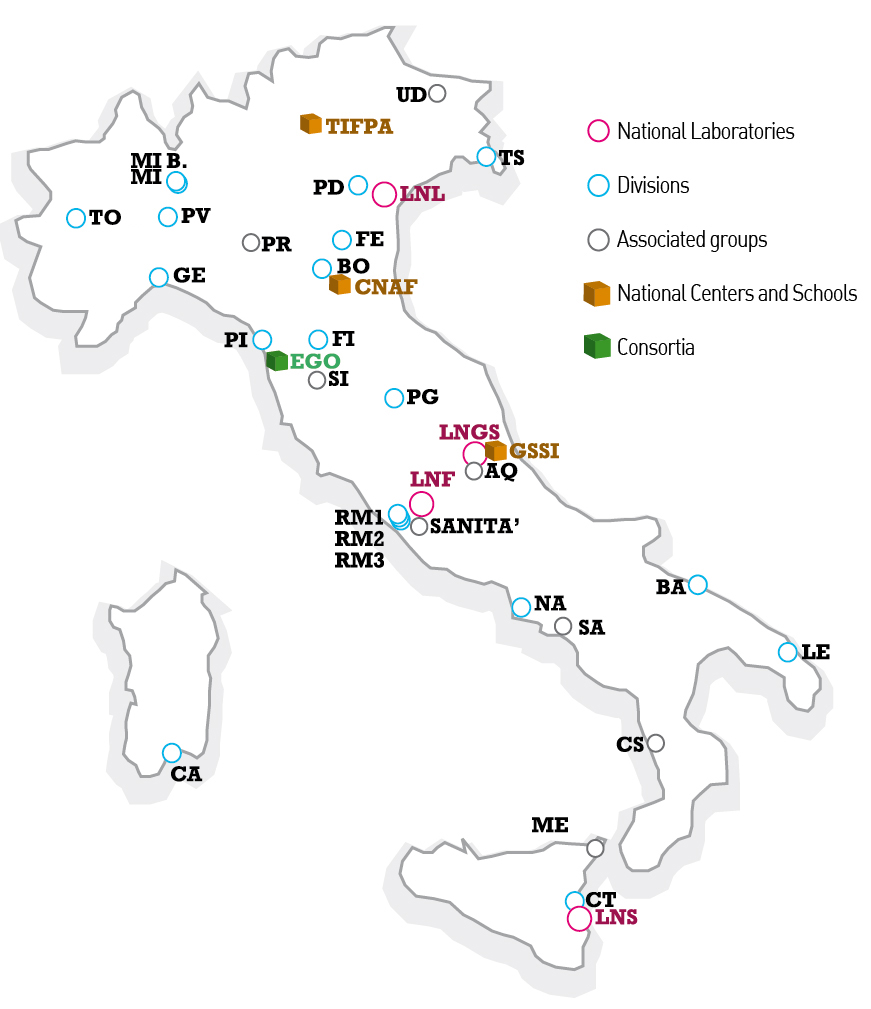TEONGRAV
Theory of Gravitational Wave Sources
NEWS
TEONGRAV members can have access to HPC resources thank to an agreement between INFN and CINECA. Contact Bruno Giacomazzo for more details.
MEETINGS
The first TEONGRAV international workshop on the theory of gravitational waves will be held at Sapienza University of Rome on Sep 16-20 2024: https://agenda.infn.it/event/39201/
JOBS
